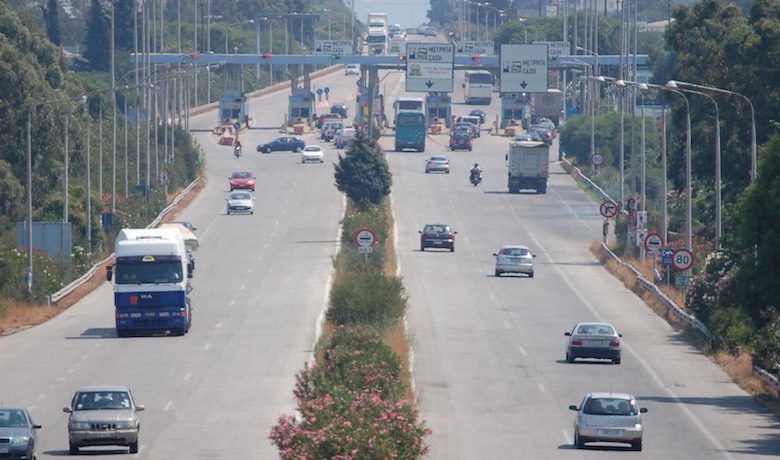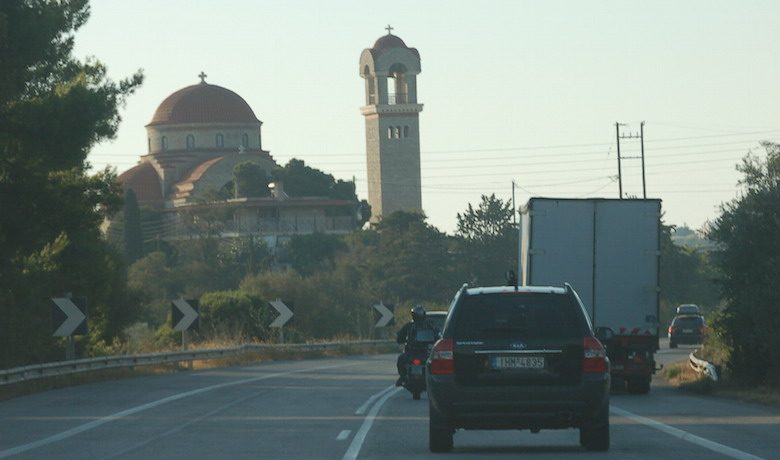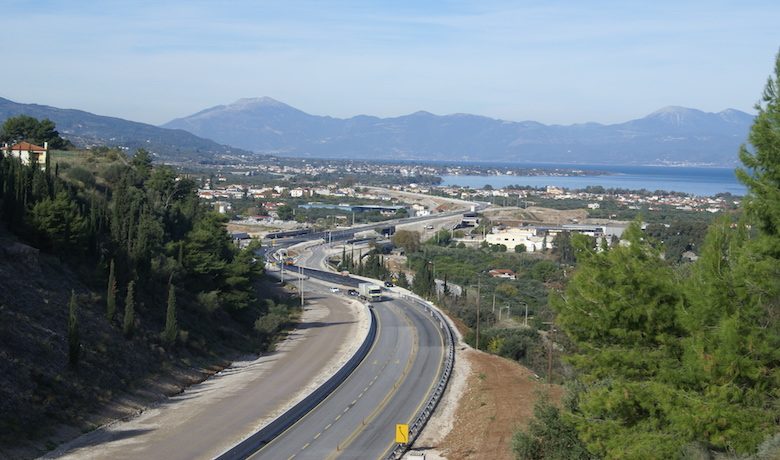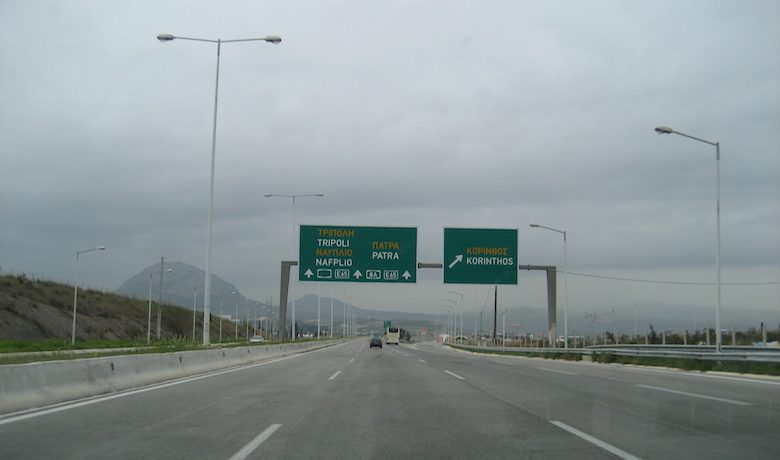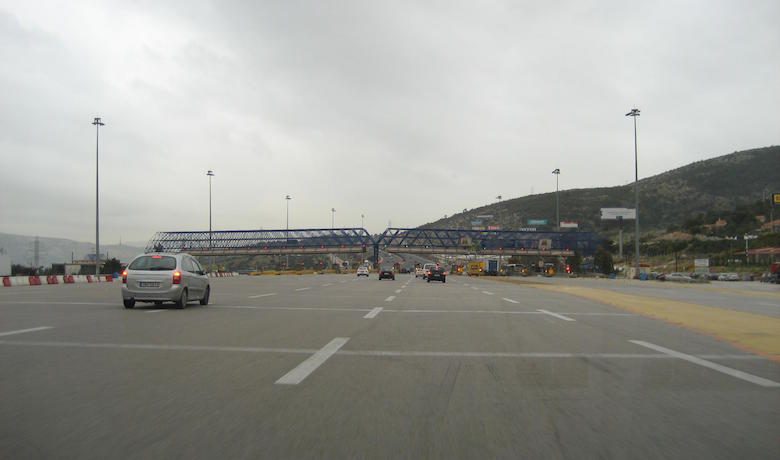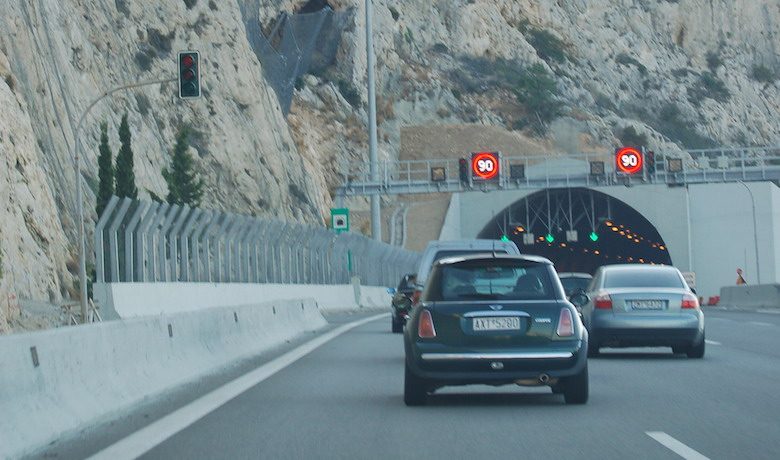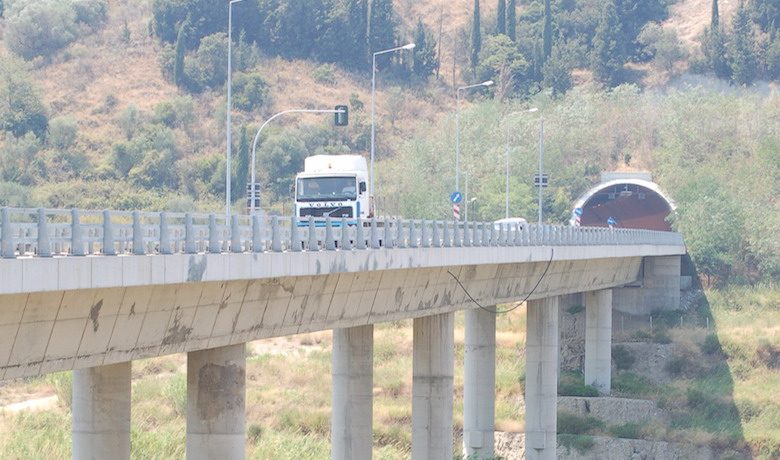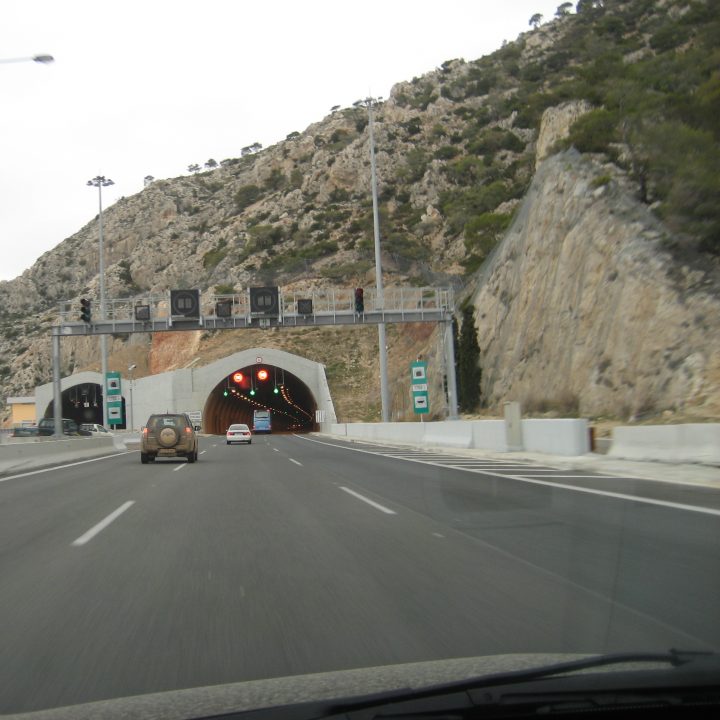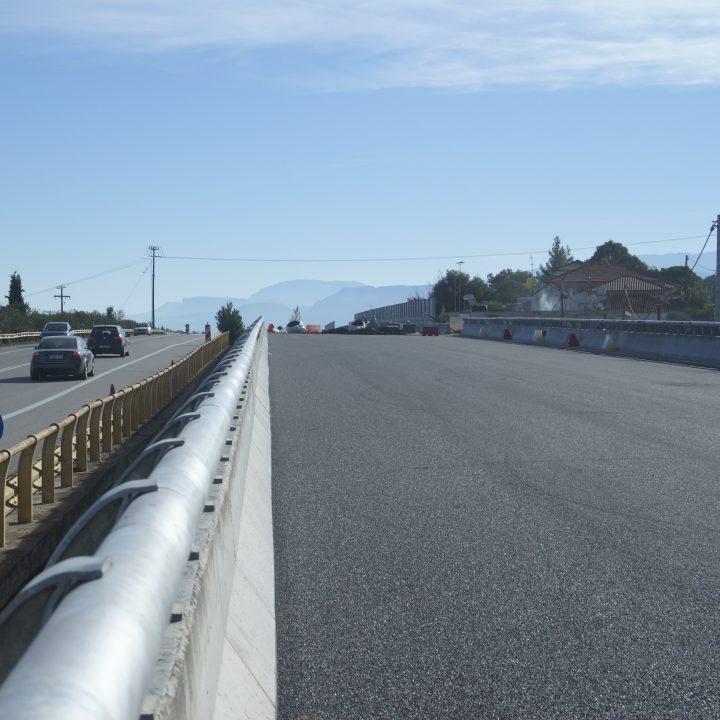TECHNICAL OVERVIEW
The three leading issues in this project were quality, safety, and environmental protection. Accordingly, following a study of the environmental impact of each motorway segment, studies on the effects of pollution due to traffic (carbon dioxide emissions) were also carried out. These studies showed that this infrastructure’s contribution to global warming was minimal. In addition, during the project design, construction, and implementation phases, multiple additional measures were taken to improve the infrastructure’s environmental performance.
The structure was designed to enable quick intervention by security and firefighting services.
The project included other challenges, including maintaining traffic on much of the motorway network during construction, factoring in the presence of several seismic faults, preserving the archeological value of the grounds, and dealing with the proximity of a new railway line leading to Patras.
Another key aspect of this mandate was its international scope. The project was conducted in Greece by a consortium made up of builders from France, Germany, and Greece. Multiculturalism was present at all levels of this project. Each company brought its know-how and distinct perspective in a cooperative endeavour.


